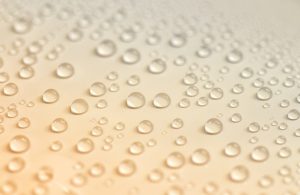While condensation tends to be more of an issue in older houses, it isn’t uncommon for newer houses to have this problem either. A lack of sealers in concrete that allow moisture to get in through the foundations, and a shortage of vapor barriers are a couple of reasons why this happens. Much of the time condensation is no more than an annoyance. However, in some cases, it can become more than that.
Condensation can cause problems in a home that range from mold and rotten flooring to an increased risk of a house fire, which can happen if water starts dripping onto electrics. If you are worried that condensation is causing some damage to your home, what can you do? Is there a solution?
There are a couple of things you can try. One way is to reduce levels of indoor humidity. A dehumidifier can help as it pulls water vapor into a tank which prevents it from gathering on other surfaces. Air conditioners can help with humidity as well. Keep in mind also that indoor plants contribute to a humid environment, so you could try reducing the number of plants you have inside the home.
Another option is to insulate your pipes as this will stop them from getting too cold and forming condensation. A word of caution here, though, because if you rely on the heat from hot water pipes to provide additional heating in your home, insulating them will prevent this.
Is it condensation after all? If you have tried a number of options for reducing condensation and are still experiencing a problem, it may be time to have it checked out by a professional, as you may have a different type of water intrusion problem.









